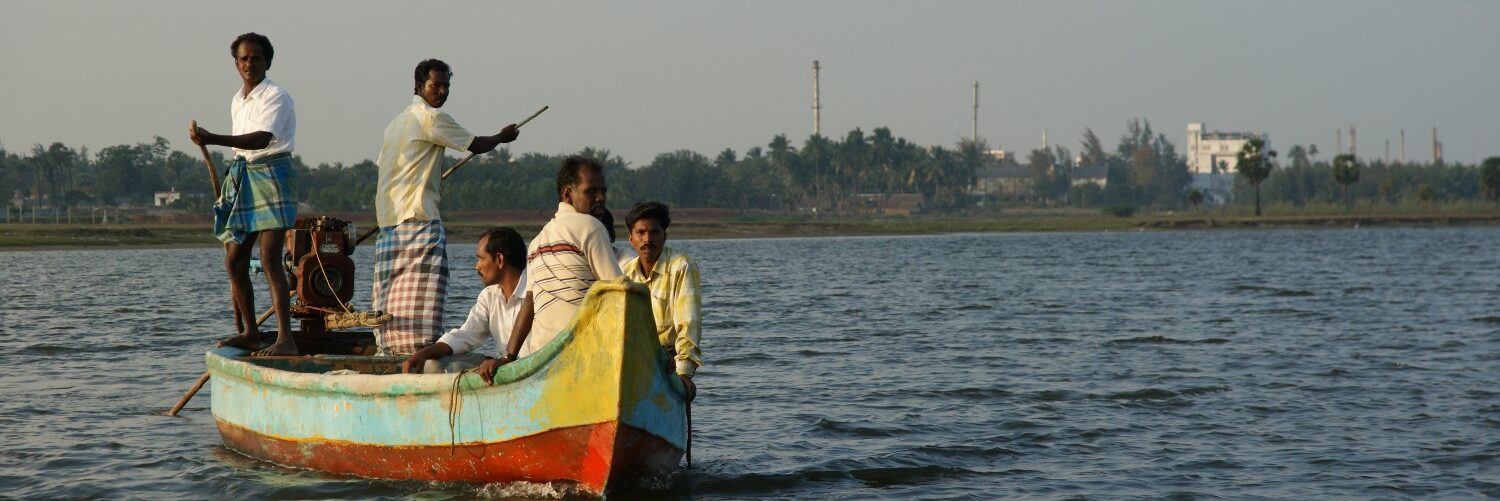Kodaikanal
Kodaikanal is part of the Palni Hills in Tamilnadu. Once famed for the pristine forests and grasslands that dot the landscape, cool weather and clean air, Kodaikanal is now the dumping ground for deadly mercury that will leach its slow poison into the environment for a thousand years. Hindustan Lever, a 51% subsidiary of multinational Unilever, located its mercury thermometer factory in this pristine environment, where it released tons of mercury into the environment.
· In 1983, amidst tightening environmental regulation in the US due to mercury’s toxic effects, Chesebrough Pond’s Inc. exported its decades-old mercury thermometer factory to India from the US.· The factory was located in the pristine environment of Kodaikanal, adjacent to the beautiful Salcette church on St. Mary’s Road, with the tropical mountain forests of Pambar Shola to the east, and Kodaikanal town and lake to the west.· In 1986 Unilever’s subsidiary Hindustan Lever Limited acquired this thermometer plant as a part of Unilever’s acquisition of Chesebrough Pond’s.· The factory produced 163 million thermometers till 2001 using about 900kg of mercury annually, which were exported to the US and Europe.
· During its operations HLL hardly paid any heed to the rules and regulations in handling extremely toxic substance such as mercury, since it was fraudulently registered as a “glass manufacturing” unit. Blowing mercury contaminated air outside the factory and into Kodaikanal and the shola forest was their method of disposal for mercury.
· Given the landscape, any contamination in the hills will be washed down to the plains. Dumping tons of mercury in Kodaikanal is a reckless act that exposes Hindustan Lever’s disrespect for the local environment and communities, and exposes the double standards of a multinational company which would never dare to dispose of mercury in such a manner in its home country.
· More than 1000 workers have been exposed to the mercury due to the unsafe working conditions in the factory.
· Exposure to mercury at Unilever’s thermometer plant is suspected to be the cause of the early demise of tens of workers and for the congenital anomalies among ex-workers’ children.
· In March 2001, former workers and irate community residents exposed a massive dump of mercury containing wastes in a scrapyard in Moonjikal, a crowded part of Kodaikanal town. The HLL thermometer factory was shut down due to the mounting public pressure yet ev
en today several thousand tons of mercury-contaminated wastes and soils are lying inside and around the factory.
· In early 2003, the company was forced to export 289 tons of mercury-contaminated material to a mercury recycling facility in United States. No such facility capable of treating mercury wastes is available in India.
| Demands of ex-workers and Kodai residents: · Hindustan Lever should clean up all the mercury from Kodaikanal’s environment.· Hindustan Lever should provide for compensation to the workers who have been exposed to mercury in the factory and their families who have been contaminated by the mercury carried home from work.· Hindustan Lever should provide for long term medical monitoring and health remediation for all the workers and exposed residents of Kodaikanal. |
Some Mercury Facts
Mercury is usually found in metallic form, in the form of salts and as organic, carbon-containing compounds.
Metallic mercury is a heavy, odourless, silver coloured liquid. The liquid turns into vapour (gas) at room temperature. Mercury vapour can be inhaled into the lungs or pass through the skin and enter the blood stream, or it can be absorbed through eating mercury contaminated fish.
Chronic mercury poisoning – The Symptoms and After
- – Gum and dental problems, mood swings and nervous disorders.
- Skin allergies may develop. Repeated exposure can lead to persistent and itchy rashes.
- Birth defects in children born of exposed mothers.
- Mild to severe tremors
- Memory loss, behavioural changes, loss of hearing
- Kidney, heart and brain damage
Mercury in Environment:
- Mercury in the air may settle into water bodies and can entire the food chain.
- Inhaled mercury vapor is partly deposited in the brain, heart and kidneys, and crosses the placental barrier to affect the unborn foetus.
- It affects water quality. It can end up in streams, lakes, or estuaries, where it can be transformed to methyl mercury through microbial activity.
- Methyl mercury accumulates in fish and contaminates human beings who eat the fish
Click here for some studies and reports on mercury pollution in Kodaikanal



